
A new planning law introduced in the seaside city of Brighton and Hove, on the south coast of England, calls for new buildings above five metres to include special bricks that provide nests for solitary bees.
Bee bricks become planning requirement for new buildings in Brighton
Brighton & Hove Council’s policy stipulates that all new buildings above five metres should include bee bricks, as well as bird nesting boxes suitable for swifts. These bee bricks are the same size as regular bricks, but integrate a series of narrow openings like those where solitary bees are known to nest. The aim is to increase opportunities for biodiversity. — Dezeen
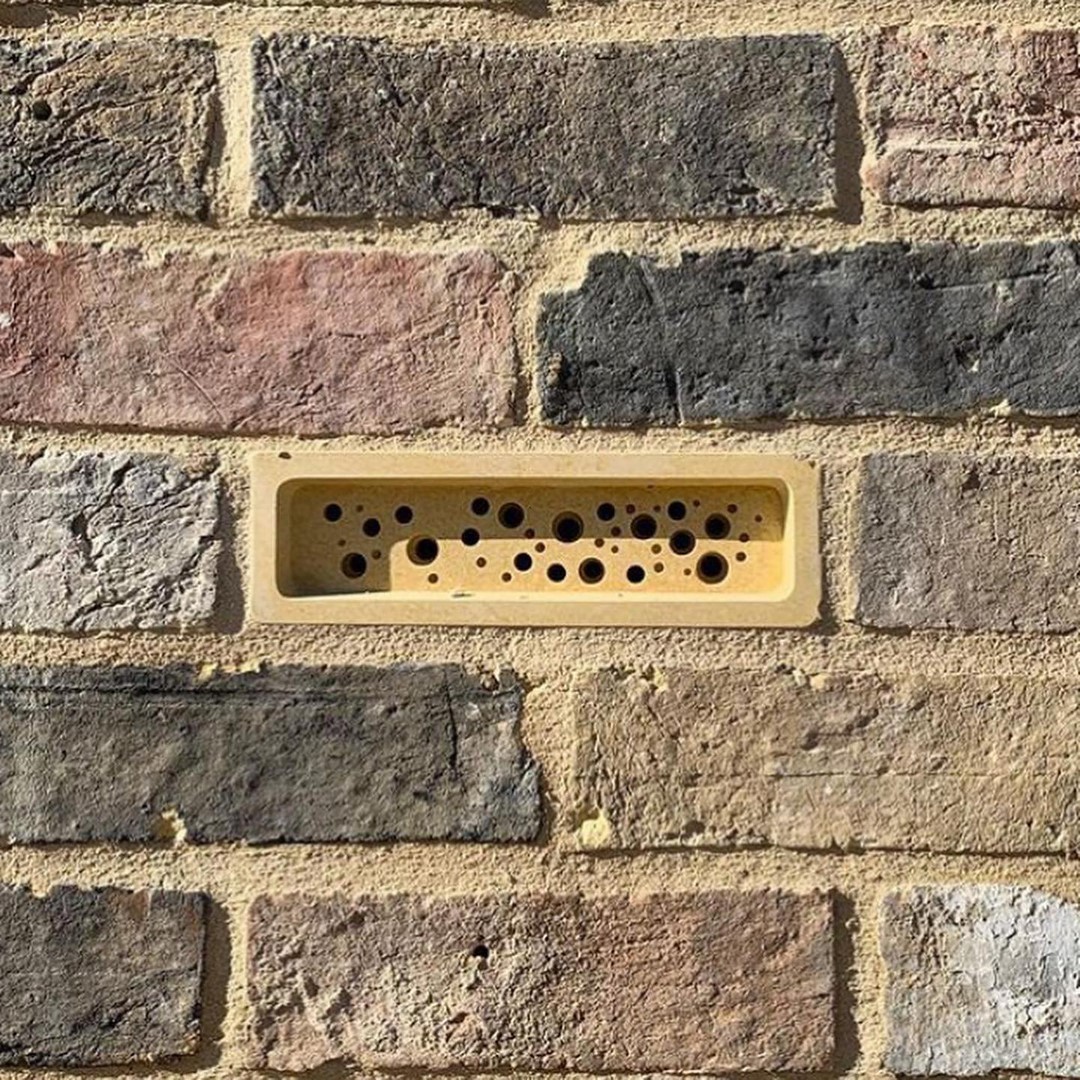
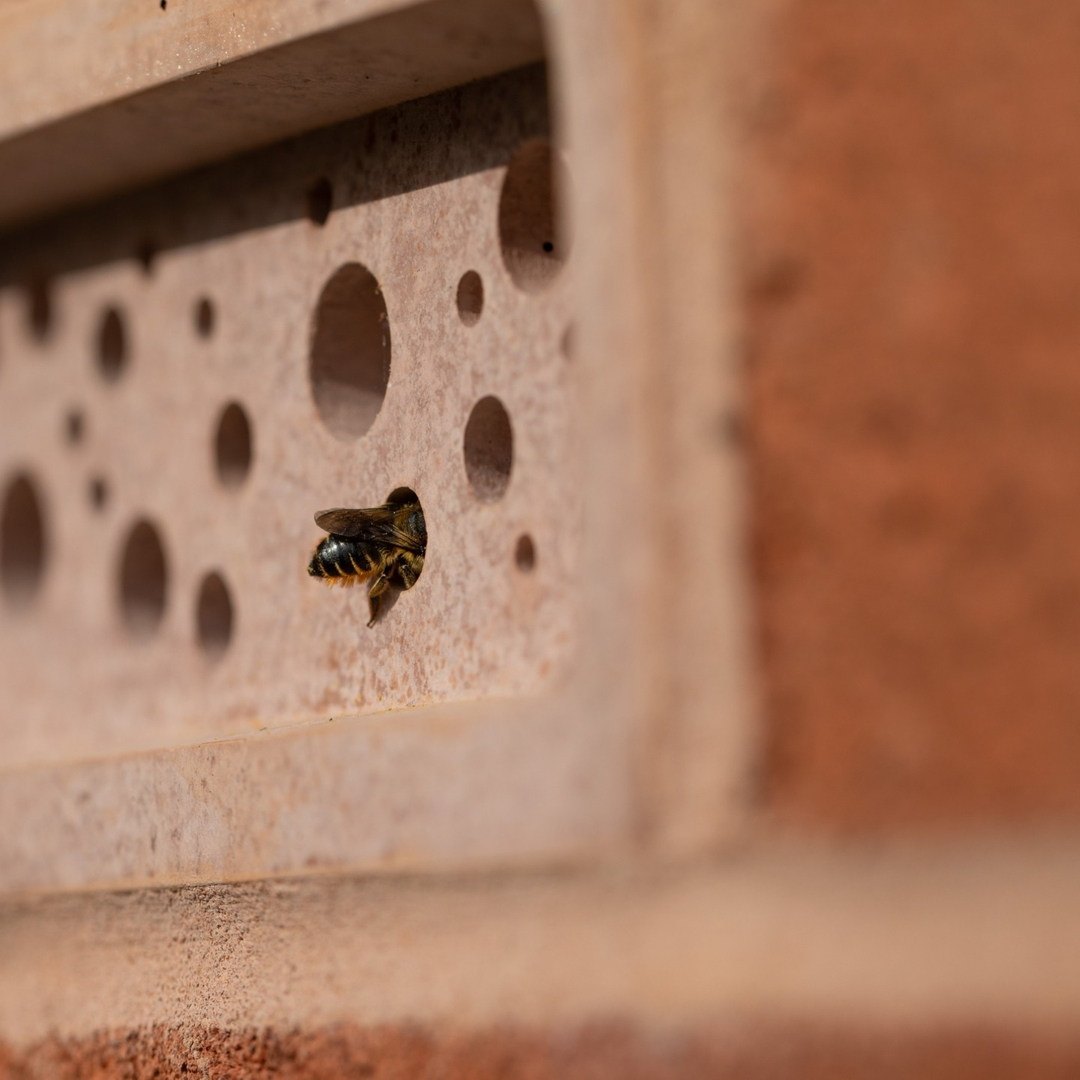
Bee bricks replicate known habitat but Scientists flag potential health hazards
"Bee bricks are just one of quite a number of measures that really should be in place to address biodiversity concerns that have arisen through years of neglect of the natural environment," said Robert Nemeth, the councillor behind the initiative. "Increased planting, hedgehog holes, swift boxes and bird feeders are all examples of other cheap and simple ideas that, together, could lead to easy medium-term gains," he told Dezeen .
Bee bricks replicate known habitat
Nemeth proposed the move in 2019 and the stipulation has been included in planning permissions granted by the council since 1 April 2020.
While swift bricks already feature in many UK planning policies, the inclusion of bee bricks is a relatively new development. However Brighton is not alone – councils in Cornwall and Dorset have adopted similar policies.
Faye Clifton of Green&Blue, a company that manufactures bee bricks, said they recreate an existing type of nest that is popular with solitary bees, but which is becoming increasingly rare due to the precision of modern construction.
"Solitary bees nest in crumbling mortar work and old brickwork," she said, "but modern buildings are so perfect that all the cavities are blocked."
"We’re putting a habitat into each building in the same way that has occurred naturally for hundreds of years," she told Dezeen.
"If these weren’t put in, it would just be a closed wall. That’s hundreds and hundreds of miles of land gone to any kind of biodiversity."
Scientists flag potential health hazards
Scientists are divided over the effectiveness of bee bricks in improving biodiversity, with some suggesting there are risks they could attract mites and increase spread of disease.
Dave Goulson, a professor of biology at the University of Sussex, told The Guardian he had tested the bricks and found the holes to be too shallow to be "ideal homes for bees” but “are probably better than nothing".
"We are kidding ourselves if we think having one of these in every house is going to make any real difference for biodiversity," he said. "Far more substantial action is needed, and these bricks could easily be used as ‘greenwash’ by developers."
Adam Hart, an entomologist and professor of science communication at the University of Gloucestershire, also expressed doubts, stating "well-meaning interventions can have unwanted consequences".
Source: Dezeen
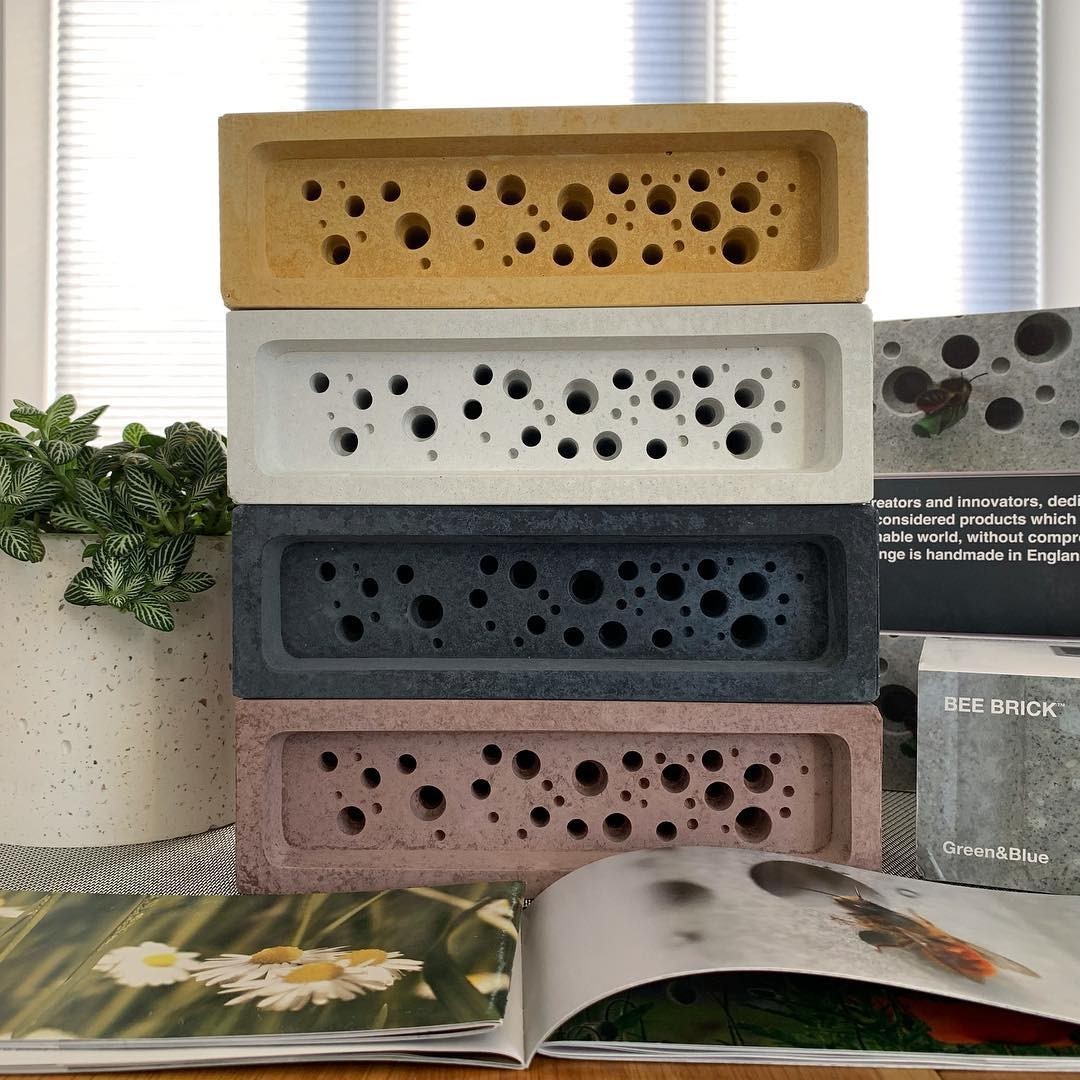
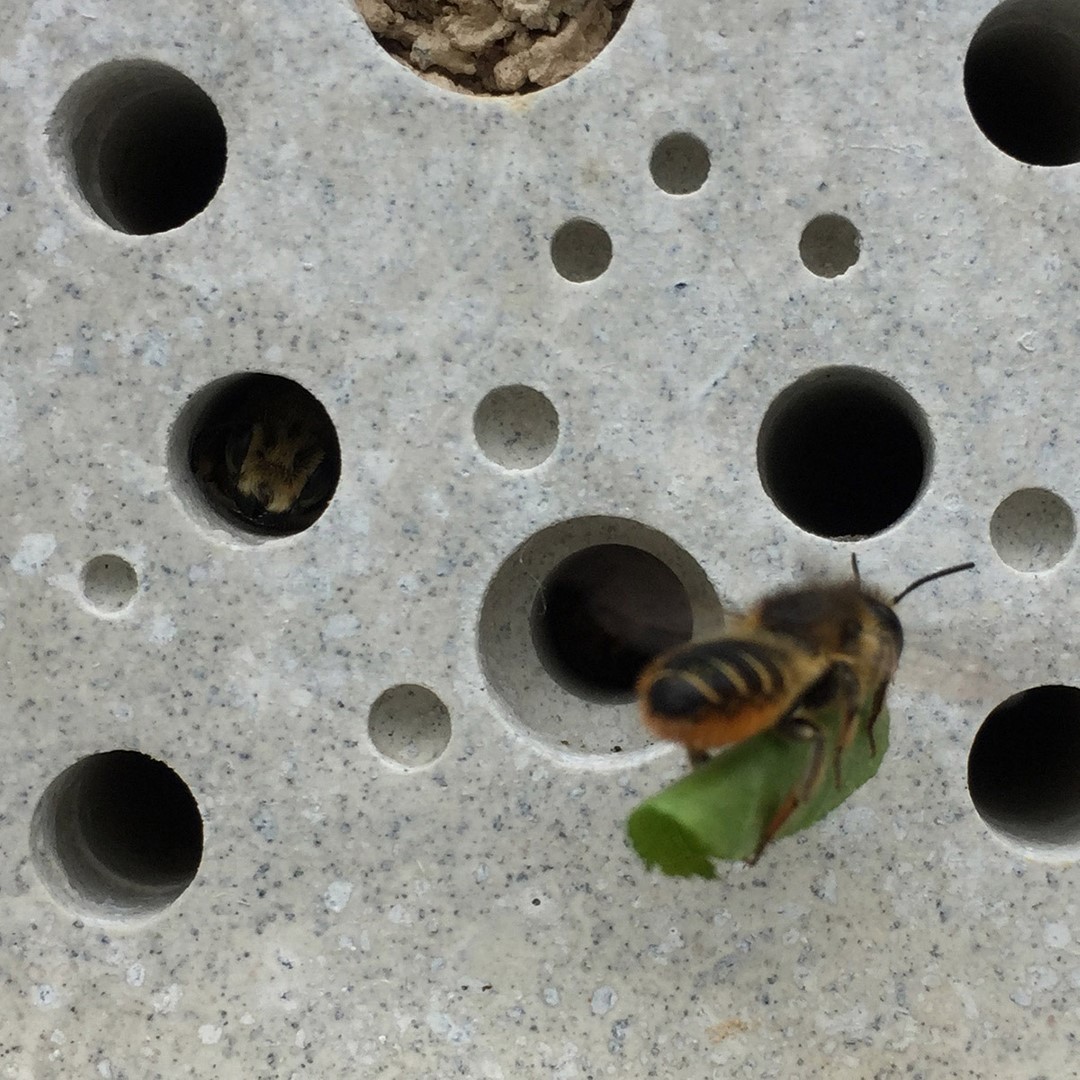
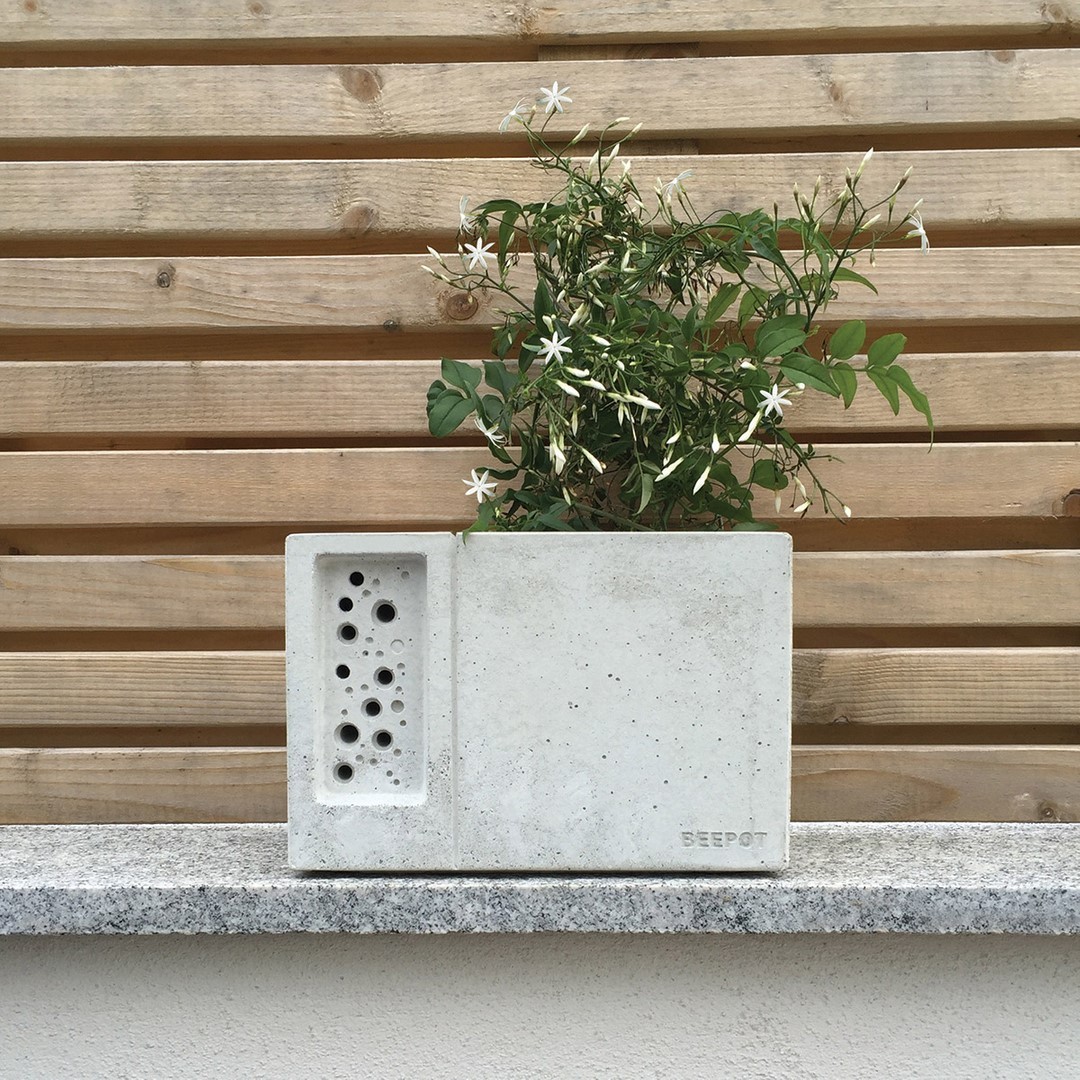
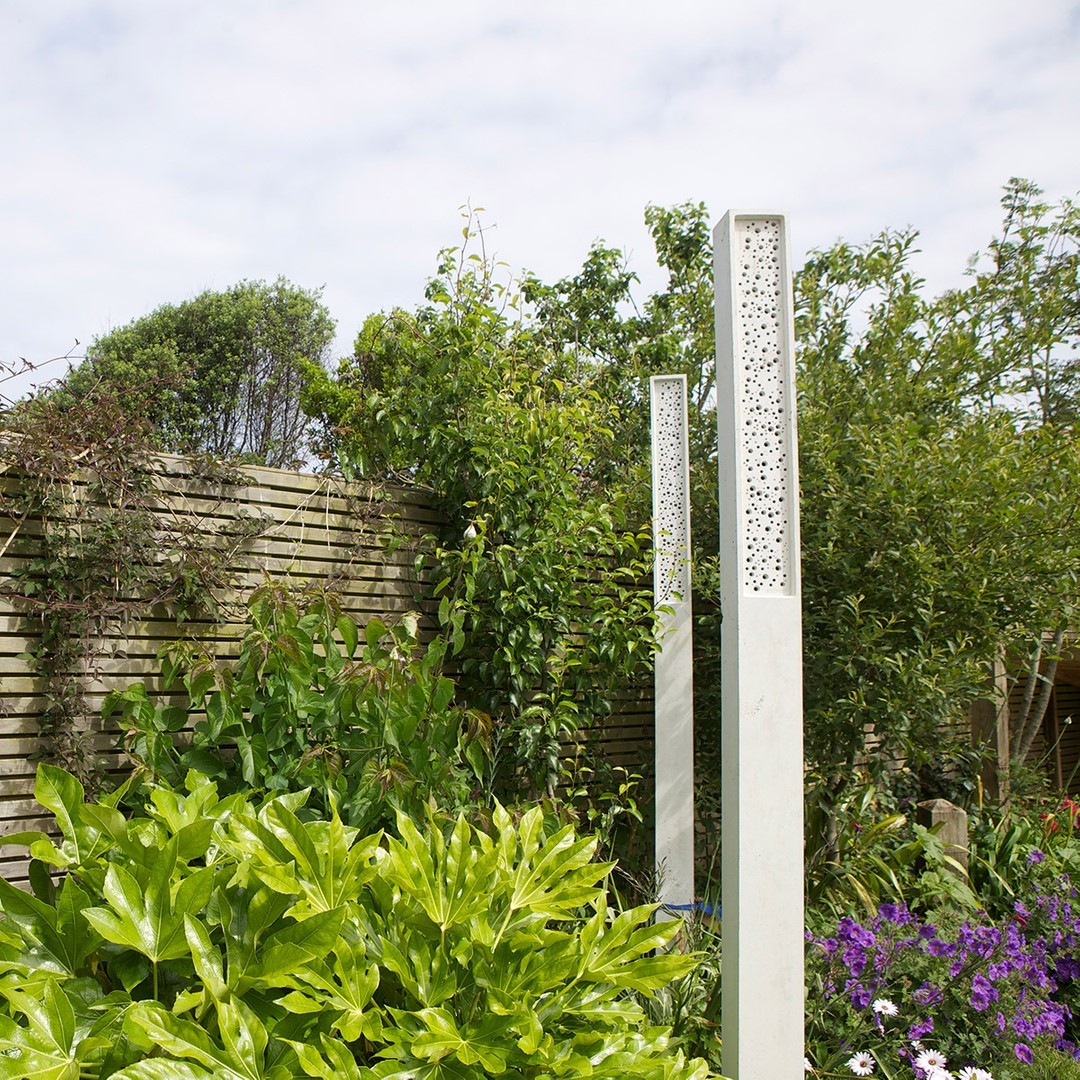
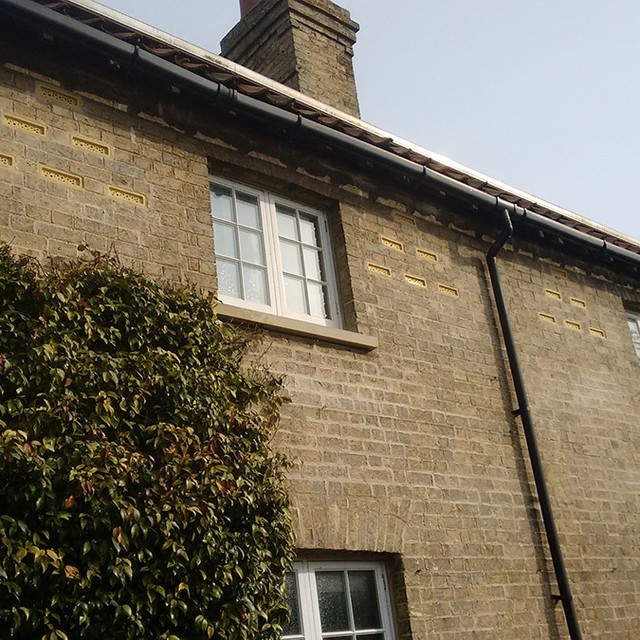
HOW TO HELP BEES: 8 PRACTICAL ACTION STEPS YOU CAN TAKE TO BEFRIEND BEES AND MAKE A REAL DIFFERENCE
The good news is there are plenty of ways you can get involved and you don’t need to become a beekeeper — unless that kind of thing gives you a buzz!